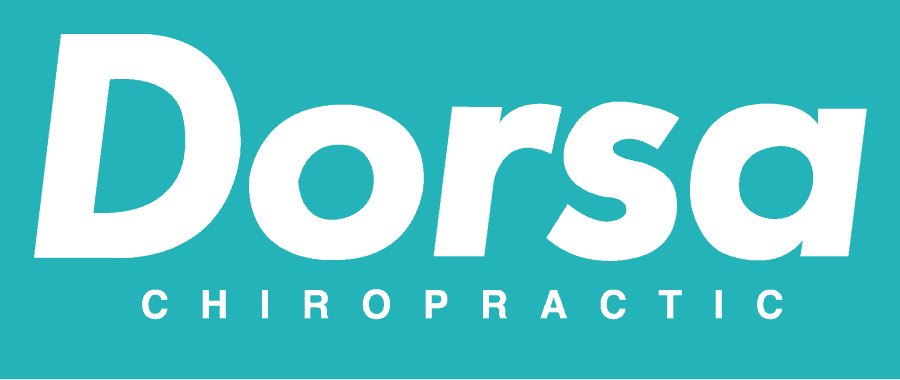Focused on helping you and your baby achieve a healthy, pain-free life where wellness comes naturally. Dorsa Chiropractic offers a variety of chiropractic services in Denver, CO. Dr. Mckenzie Cervini and the friendly Pro Performance team deliver cutting-edge, personalized techniques for infant and pediatric care. Being apprehensive about a new baby infant exam is a normal feeling. This is why we created a step-by-step expectation for what you can expect from your new patient infant chiropractic exam. If you are interested in having your infant seen by a chiropractor, give us a call today to schedule.
What to expect from an infant chiropractic treatment
Once the baby is settled in, we will start with our examination to assess range of motion, segmental and somatic dysfunction, and reflexes. Range of motion of the limbs will be examined by moving the desired limb in all ranges. For example, moving the arms in front of the baby, to the side, and up to check the range of motion of the shoulder. Here, we are making sure that all of the limbs are moving smoothly without any rigidity or abnormal muscle tone. Next we will palpate for overall muscle tone, the structure of the clavicle, and the diaphragm. Because the diaphragm is associated with breathing, we want to make sure that the muscles are freely moving and don’t contain any adhesions or trigger points.
What does an infant adjustment look like?
When there is an area that feels off or subluxated, sustained pressure will be placed on that bone in the direction we would like that bone to move. No rapid movements, or heavy hand contact will be used. With these adjustments, baby’s body language will usually tell us that we are in the right place, and then the baby will calm down when that area is resolved. If the baby is having difficulties feeling, the head and mouth will also be examined.
How do chiropractic adjustments help during infancy?
Chiropractic care can help your infant with feeding difficulties, constipation, head rotation preference, tongue ties…etc. When we perform our exam, we are going to interact with the baby and make sure they feel comfortable. As the baby is settling in, we are going to be making observations on tone, torsional posture, facial symmetry, skull symmetry, and strength/symmetry of sucking. These observations give us information on hypotonia, dural tension, and cranial nerves.
Once the infant appointment is complete, we can answer any questions that came up throughout the examination. Home recommendations can be given on a need-to-need basis. Understanding the ins and outs of a new infant exam can ensure that you feel comfortable bringing your baby in to see a chiropractor. Overall, we are examining range of motion, segmental dysfunction, tone, and pediatric milestones. If you would like to learn more, give us a call at Dorsa Chiropractic.
Common questions
At what age can I bring my baby in to be examined?
As soon as you feel comfortable coming in. The sooner the better, however the most common age we see infants is at two months of age.
Is a pediatric adjustment similar to an adult adjustment?
An infant adjustment is completely different than an adult adjustment. With infants, the adjustment is sustained pressure on a bone, vertebra, or joint that is misaligned. The sustained pressure is done in the direction that we would like that bone to be in and holding it in that position until the baby relaxes.
What are the benefits of an infant chiropractic adjustment?
The main benefit is to ensure that the baby has a healthy musculoskeletal system. With that being said, ensuring they have an adequate range of motion, making sure that they have adequate function of their cranial nerves, and addressing any segmental dysfunction that could be causing other symptoms. Other symptoms that we see include but are not limited to colic, constipation, diarrhea, skin conditions, head tilt, lack of motion, and lack of muscle tone.

Welcome to Dorsa Chiropractic. We started this practice to help people like you feel great!
When you visit us here at Dorsa Chiropractic, we’ll go over your injury, pain points, or general wellness goals. Our doctors will conduct an assessment to verify the root of your physical symptoms to come up with a plan for bringing your body back to health.

